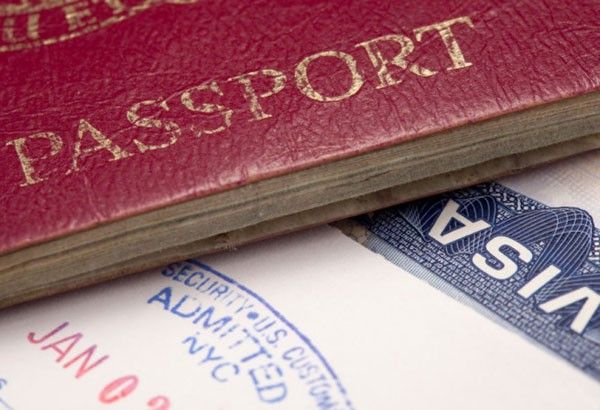US VISA-OPINION COLUMN: IMMIGRATION CORNER – Michael J. Gurfinkel: Why is my case taking so long?
IMMIGRATION CORNER
– Michael J. Gurfinkel
– The Philippine Star
November 7, 2021 | 12:00am

It can be extremely frustrating about how long USCIS takes to process petitions, extensions, work authorizations, adjustment of status and applications.
For example, at the California Service Center, it can take up to 32 months for USCIS to process an “immediate relative” (IR) petition by a US citizen of their spouse, parent or minor child.
It can take up to 72 months for USCIS to process a petition for unmarried son or daughter over 21 years of age (F2B), and 139 months to process a petition for a married child (F3). That’s almost 11 years, just to get the petition approved.
Employment-based petitions at some Service Centers can take up to a year.
Some non-immigrant change of status applications can take almost two years to process. For example, if a person wants to change to student status, the California Service Center could take between 15 to 20 months. Good luck if you’re changing from visitor to student.
What’s going on? Why is it taking so long? What can be done by petitioners, beneficiaries and applicants who are eligible for various immigration benefits, but it is taking so long to get USCIS to approve their case?
The American Immigration Lawyers Association, or AILA, put out a flyer explaining some of the problems or issues that are going on. For example, in 2014, an average case took about five months to process. But in 2020 the average processing time was at least nine months. Those delays can have a severe impact on businesses, families being separated and jeopardize lives.
Employment-based cases, naturalization, travel documents or advance parole and employment authorizations are also experiencing delays. Between 2017 and 2019 USCIS’s processing times for all petitions and application forms increased by 37 percent. And what is more frustrating is that even though there is a dramatic increase in processing times, USCIS experienced at least a 10 percent drop in cases they received between 2017 and 2019. In other words, even though fewer cases were being filed, the processing times increased.
The COVID-19 pandemic has also contributed to these delays. This was caused by inefficient processing, understaffing and various changes in policy due to COVID-19.
Also, during the Trump Administration, USCIS created many new policies designed to actually restrict or delay cases. For example, USCIS was denying cases if any spaces were left blank. Also, when considering an extension, let’s say of H-1B visa, USCIS officers were required to conduct an in-depth review of the previous approval, rather than accepting the original approval as being done correctly.
Some immigration benefits, such as work authorizations, require the person to be fingerprinted. But the fingerprinting facilities were closed during the pandemic. USCIS also closed its offices in March 2020 for several months for interviews and biometrics, creating an additional backlog. Now, with offices reopening and officers coming back to work, we hope that USCIS can reduce the backlog and cut down on processing times.
In some very rare cases, a person may be eligible for expedited processing, but that is very rare. Meanwhile, here are tips you can do that can help speed up your case:
File your application as soon as possible, versus waiting until the last minute or when your status is about to expire. Many applications, renewals or extensions can be submitted up to 180 days before expiration.
Make sure all your forms are filled out correctly, are complete and the required evidence and documents are submitted. This could cut down on USCIS having to serve requests for evidence.
Monitor your case and processing times, to see if your case is actually outside or past the posted processing time. If it is, it is possible to make inquiries or follow-ups with USCIS. Ordinarily, you cannot make follow-ups or inquiries if the case is still within the posted processing times.
Notify USCIS of any changes in circumstances, especially any change of address. You don’t want USCIS mailing a request for evidence to your old address and you never receive it, which could result in the case being denied because of “abandonment.”
I know the Biden administration campaigned on a platform of being pro-immigration and vowed to change USCIS’s harsh approach taken during the Trump administration. But these delays are causing damage, suffering and separation for so many people.
I know what I’ve said is not good news or encouraging, but I will continue posting articles, as well as videos on my You Tube channel, US Immigration TV, which I hope you will find informative and helpful. So, please make sure to like, share and subscribe to my channel.
* * *
WEBSITE: www.gurfinkel.com
Follow us on Facebook.com/GurfinkelLaw, YouTube: US Immigration TV and Instagram.com/gurfinkellaw
Four offices to serve you: Los Angeles; San Francisco; New York: Toll free number: 1-866-GURFINKEL (1-866-487-3465); Philippines: +632 88940258 or +632 88940239












